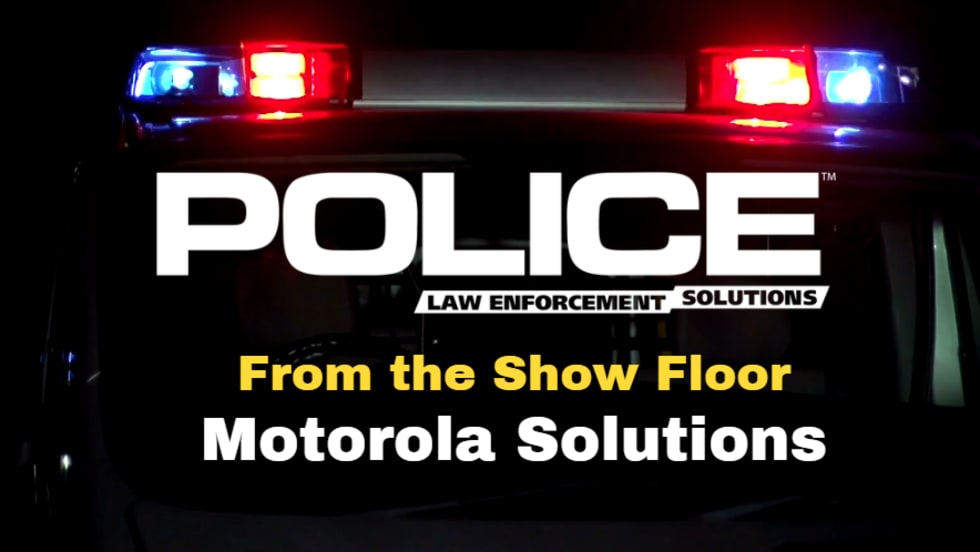Unlike some other COVID-19 tests, the MobileDetect Bio test is painless for the subject. It does not require a nasopharyngeal swab—the all the way up the nose swab that people find uncomfortable. A lower nasal or even oral swab will do. Kisner recommends the lower nasal swab. “It just feels like a Q-tip in your lower nose, and it doesn’t hurt,” he says.
Once the swab is taken, the testing process is very simple. The user puts reagent in a vessel on a PCR test strip. The material from the swab is added to the reagent and then heated for 30 minutes in MobileDetect Bio’s thermal cycler. Users then check the color of the heated material and determine if the subject is positive or negative for COVID. If the material turns yellow, it’s positive. Red is a negative indicator. Each PCR strip can hold 8 samples, and the heater can accommodate up to 12 strips, meaning that an agency can test 96 samples in 30 minutes.
Speed is one of the benefits of the BCC19. Some molecular tests can take hours or even days to get results. Part of the reason it takes so much time to get results from some molecular tests is logistical. The samples have to be sent out to labs. And that is one of the selling points for the MobileDetect Bio test, it can be used on premises. “If you empower your agency to have the capability to run your own test, then you don’t have to wait,” Kisner says, explaining that the testing speed can be critical for a law enforcement agency. “The concern is that you could lose half of your police force to exposure and quarantine,” Kisner says.
The MobileDetect Bio BCC19 is designed to work with DetectaChem’s MobileDetect smartphone app. When used to detect drugs and narcotics, the app is used to assess the color of the results. The COVID test does not require the app for color assessment, but users can access the MobileDetect app to record the results and auto-generate reports with time, date, pictures, virus information, GPS location and more.
MobileDetect Bio is considering the development of rapid testing systems for other diseases. “That’s certainly a possibility,” Kisner says.













